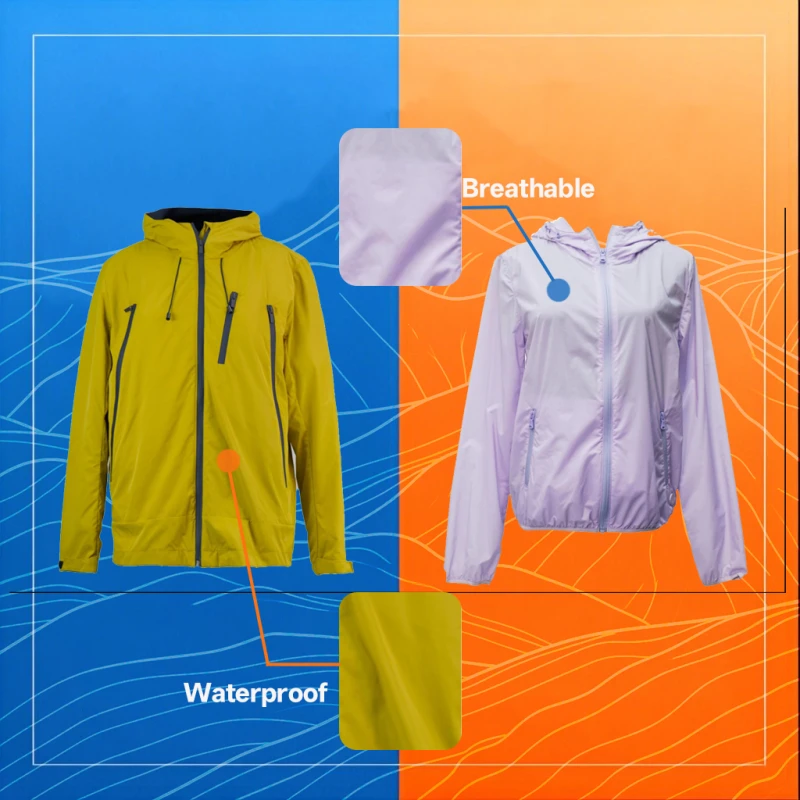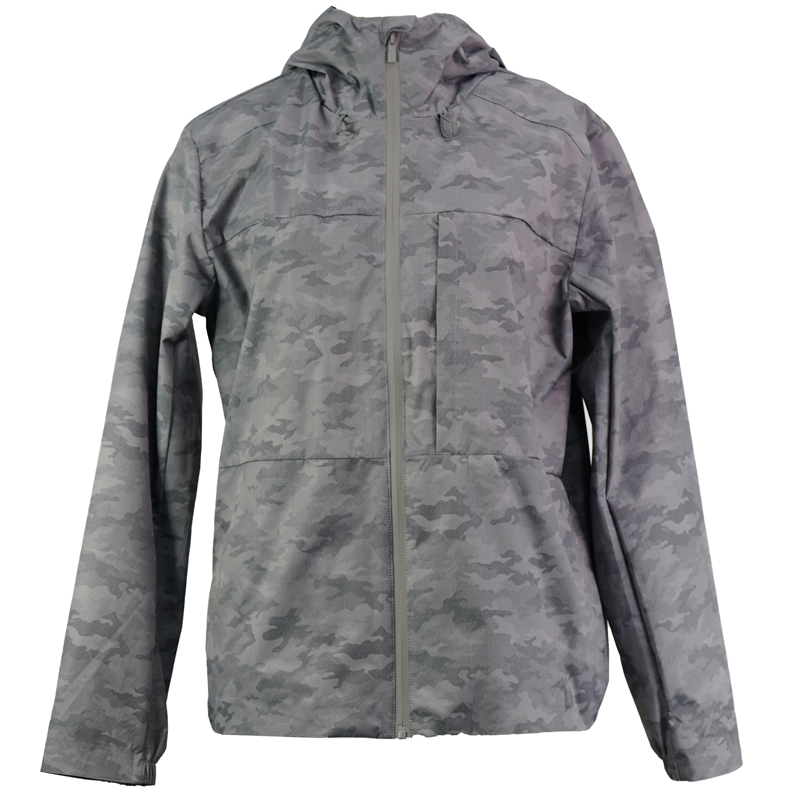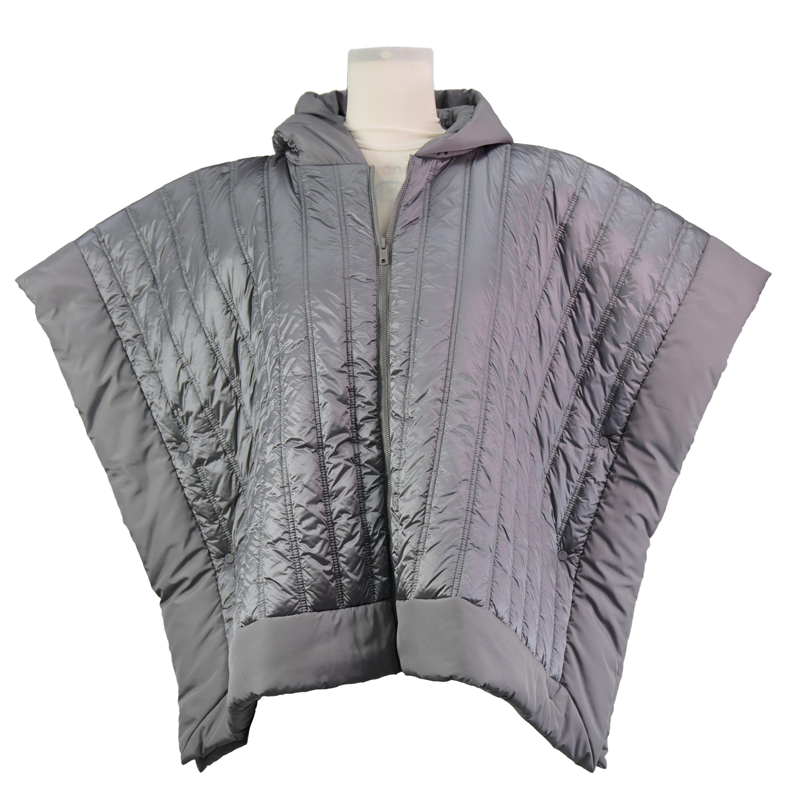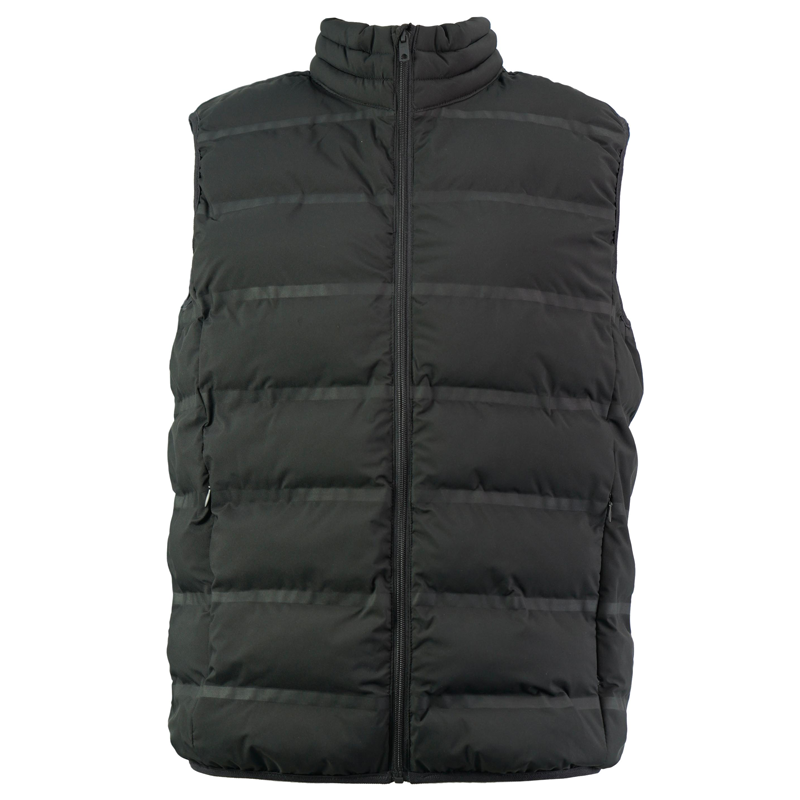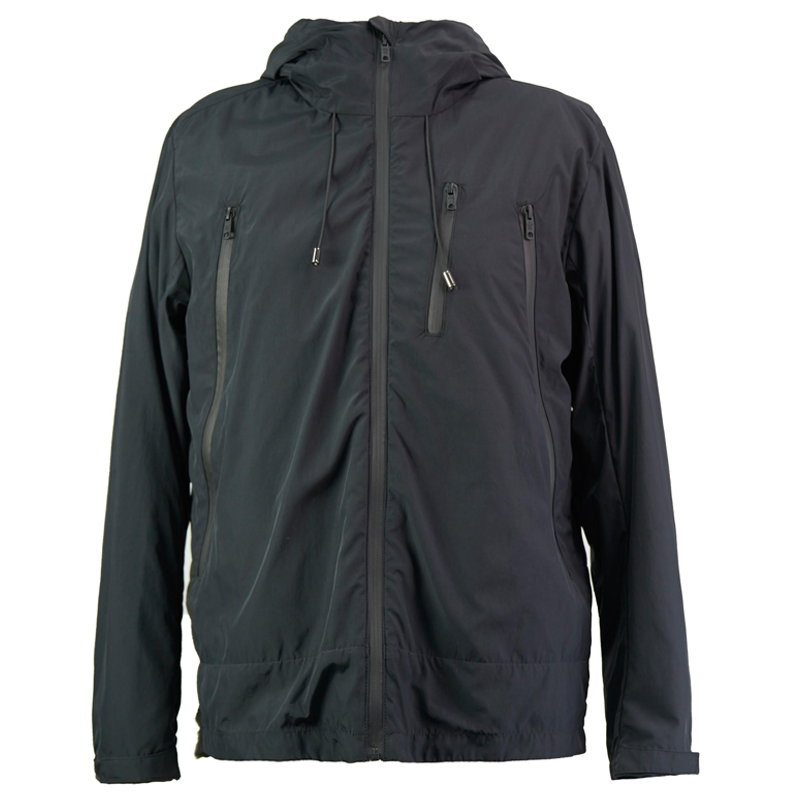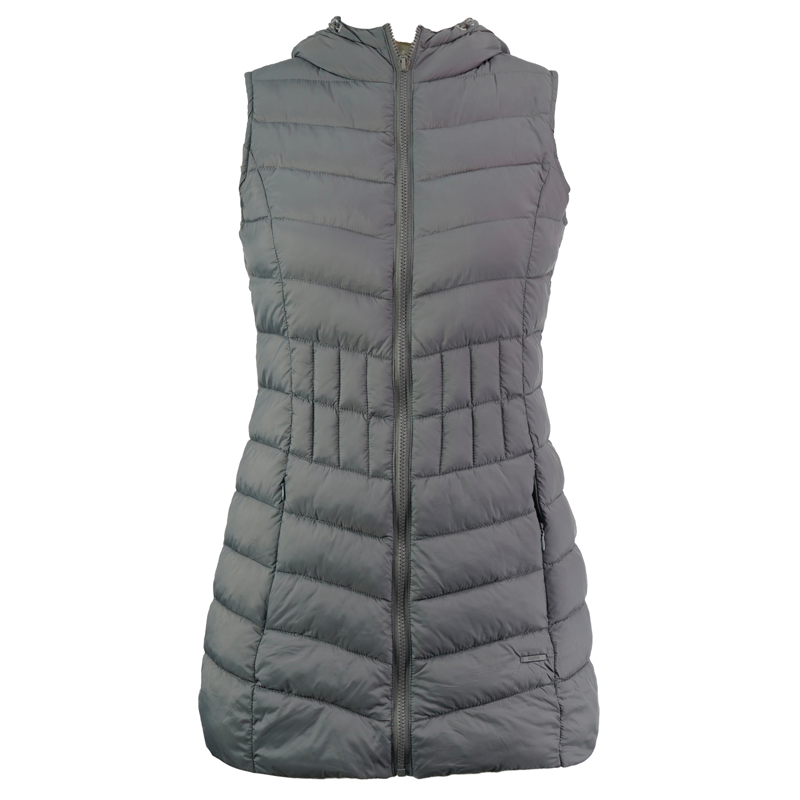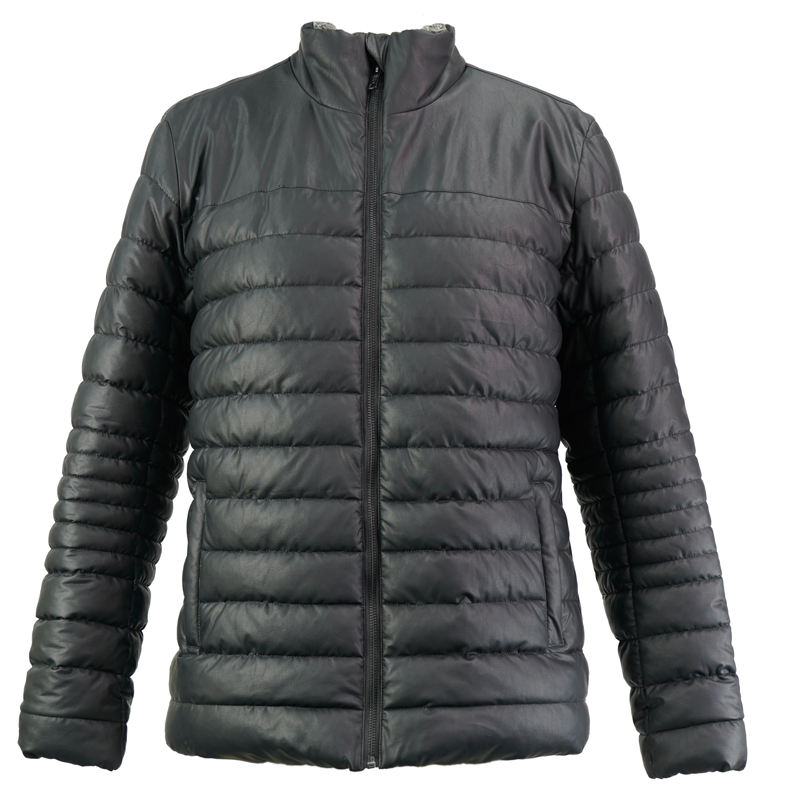When venturing into the great outdoors, selecting the right apparel is crucial. Among the myriad of considerations, two features often stand out: waterproofness and breathability. While both are essential, understanding their differences and applications can significantly enhance your outdoor experience.
Understanding Waterproof and Breathable Fabrics
1. Waterproof
Definition:
Waterproof fabrics are engineered to prevent any liquid water from penetrating through the material, typically using advanced membranes or coatings such as Gore-Tex, eVent, Sympatex, or PU-based technologies. These layers act as a physical barrier to rainfall, snow, and other forms of moisture while maintaining a degree of comfort.
Key Performance Indicators (KPIs):
Hydrostatic Head (Waterproof Rating):
Measured in millimeters of water pressure (mmH₂O), this test quantifies how much water a fabric can withstand before leaking.5,000–10,000mm: Sufficient for daily urban use, light rain, and occasional drizzles.
10,000–20,000mm: Suitable for hiking, backpacking, and extended outdoor use in moderate to heavy rain.
20,000mm+: Designed for extreme weather conditions such as alpine climbing, heavy snowstorms, and marine environments.
Seam Sealing Techniques:
Fully Taped Seams: Ensures complete waterproofness even at stitch points—ideal for heavy weather gear.
Critically Taped (Partial): Only essential seams are sealed—adequate for casual or urban outerwear.
Applicable Scenarios:
Extended exposure to heavy rain or snowfall
Water sports (kayaking, sailing)
Mountaineering and glacial expeditions
Military and rescue operations in wet conditions
2. Breathable
Definition:
Breathable fabrics facilitate the evaporation and release of internal moisture vapor (e.g., sweat) without compromising external water resistance. This is achieved through technologies like microporous membranes (e.g., eVent) or hydrophilic coatings (e.g., JOC), which transport moisture via vapor diffusion.
Key Performance Indicators (KPIs):
RET (Resistance to Evaporative Heat Transfer):
Lower RET values signify better breathability.RET < 6: Excellent breathability, ideal for aerobic or high-output activities (e.g., trail running, alpine climbing).
RET 6–12: Moderate breathability, sufficient for moderate hikes or day-long trekking.
RET > 12: Low breathability, best for low-activity or short-duration exposure in wet conditions.
MVTR (Moisture Vapor Transmission Rate):
Alternative metric showing how much vapor (in grams) passes through one square meter of fabric over 24 hours (g/m²/24h). Higher values mean better vapor transfer.Fabric Construction:
2-layer: Lightweight, often with separate lining—ideal for urban or light hiking.
2.5-layer: Lightweight with printed/micro-grid backer—common in packable jackets.
3-layer (e.g., Gore-Tex Pro): Most durable and breathable, designed for expeditions and high-performance needs.
Applicable Scenarios:
Endurance sports (running, cycling, fastpacking)
Backpacking in dry but cold climates
Ski touring, ice climbing, and mountain rescue
Any situation requiring moisture regulation to prevent overheating and chills
How to Choose? Decision Guide Based on Activity
| Activity Type | Recommended Features | Example Products |
| Heavy Rain Hiking/Skiing | High waterproof (20,000mm+) + Moderate breathability | Hardshell Jacket (e.g., Arc’teryx Beta AR) |
| High-Intensity/Sweaty Activities | Low waterproof (5,000mm) + High breathability | Softshell/Grid-Lined Jacket (e.g., Patagonia R1) |
| Urban Commuting/Light Rain | Water-resistant (DWR coating) + Lightweight breathability | Windbreaker (e.g., The North Face Venture 2) |
| Damp/Cold Environments | Waterproof + Pit Zips for Ventilation | Adjustable Design (e.g |
Performance Comparison
| Brand/Manufacturer | Waterproof Rating (mmH₂O) | Breathability (RET) | Construction | Best Use Case |
|---|---|---|---|---|
| Gore-Tex Pro | 28,000+ | RET < 6 | 3-layer, fully taped | Alpine climbing, expeditions |
| eVent DVAlpine | 30,000 | RET ~4 | 3-layer Direct Venting | High-altitude, cold weather |
| The North Face DryVent | 15,000–20,000 | RET 6–12 | 2.5-layer | Casual hiking, wet cities |
| Patagonia H2No | 20,000 | RET ~12 | 2.5-layer | Moderate hiking, travel |
| JOC (JIANGSU OVERSEAS FAREAST INDUSTRIAL CO., LTD.) | 20,000–30,000+ | RET 4–8 | Custom 3-layer or 2.5-layer with full seam taping | All-weather trekking, mountain sports, OEM/ODM custom use |
| Columbia Omni-Tech™ | ~10,000–15,000 | RET >12 | 2-layer | Urban rainwear, light activity |
Real-World Applications
High-Intensity Activities: For activities like trail running or mountain biking, breathability is paramount. Fabrics like eVent or Sympatex are ideal due to their superior moisture management.
Wet and Cold Conditions: In scenarios where staying dry is critical, such as alpine climbing or snowshoeing, Gore-Tex's high waterproof rating provides reliable protection.
Casual Use: For everyday wear or light hiking, JOC(JIANGSU OVERSEAS FAREAST INDUSTRIAL CO., LTD.) and Omni-Tech Eco offers a balance between performance and sustainability.
Maintenance and Misunderstandings: How to Keep Your Outdoor Gear Functional and Honest
Modern outdoor garments, particularly those boasting waterproof and breathable features, aren’t magic shields that last forever. Like all performance gear, they demand proper care—and a bit of critical thinking. Unfortunately, many users misunderstand how these garments work or neglect the maintenance they require, leading to premature failure or subpar performance.
Let’s unravel some of the most common pitfalls and how to avoid them.
1. The Failure of DWR Coating – The Silent Killer of Breathability
Phenomenon:
You’re hiking in a light drizzle. Water doesn’t bead off your jacket anymore—instead, it soaks in, darkening the fabric and making the garment feel heavier and colder. Sound familiar? That’s likely your DWR (Durable Water Repellent) layer waving a white flag.
The DWR is a factory-applied finish on the outer layer of waterproof-breathable garments that causes water to bead up and roll off. Over time—through washing, abrasion, exposure to sunscreen or oils—it loses effectiveness. Once the outer fabric becomes saturated (a process called “wetting out”), breathability drops drastically, even if the inner membrane is still intact.
Solution:
Thankfully, DWR coatings are not permanent but are restorable. There are several ways to bring them back to life:
| DWR Maintenance Method | Product Type | Usage Frequency | Notes |
|---|---|---|---|
| Spray-on Restorers | e.g., Nikwax TX.Direct Spray-On | Every 3–6 months (depending on use) | Best for items with lining or insulation |
| Wash-in Solutions | e.g., Granger’s Performance Repel | After deep washing, when waterproofing is visibly diminished | Good for shell-only items |
| Heat Activation | Tumble dry on low or iron gently | After washing/applying DWR | Helps “reflow” DWR for maximum effectiveness |
Pro tip: Always clean the jacket before applying DWR to avoid sealing in dirt or body oils, which can block pores and trap moisture.
2. Washing Instructions – Yes, It’s That Serious
Outdoor performance wear isn’t your average cotton hoodie. Washing it like one? Big mistake.
Common Mistake:
People often toss their technical gear into the wash with whatever detergent’s around and maybe even throw in some fabric softener—a serious no-no. Why? Because softeners (and some regular detergents) can clog the microscopic pores in breathable membranes, effectively suffocating your jacket.
Proper Washing Guidelines:
| Step | Instructions |
|---|---|
| 1. Use the right detergent | Opt for a non-detergent cleaner like Nikwax Tech Wash or Granger’s Performance Wash. These remove grime without leaving residues. |
| 2. Avoid fabric softeners and bleach | These create a thin film over the fabric, blocking breathability. Bleach can also degrade membranes and coatings. |
| 3. Gentle cycle, cold water | Prevents shrinkage and helps preserve delicate seam taping. |
| 4. Rinse twice | To ensure all detergent is removed. Residue can interfere with DWR and breathability. |
| 5. Air dry or tumble dry (low) | Some membranes respond well to low heat, which reactivates DWR coatings. Always check the care label. |
Bonus Tip: Wash technical garments separately from cotton or fleece, which shed lint that can clog micropores.
3. Misunderstandings That Might Ruin Your Jacket (or Your Trip)
In the realm of outdoor wear, misconceptions run deep—partly fueled by marketing, partly due to a lack of technical awareness.
Myth 1: “If it’s wet inside, it’s leaking.”
Reality: Not always.
What many interpret as a waterproof failure is often condensation, especially if breathability is reduced due to wetting out, over-layering, or lack of air circulation. In cold or humid environments, sweat has nowhere to go and condenses inside the jacket, mimicking a leak.
Myth 2: “Breathable means cool and airy.”
Reality: Not quite.
Breathable gear doesn’t work like mesh or cotton. It manages moisture vapor—not airflow. If you’re overheating, it could be a layering issue or insufficient venting, not poor breathability.
Myth 3: “More layers mean better protection.”
Reality: Depends.
Layering up without understanding moisture management can backfire. A non-wicking base layer can trap sweat against your skin. Worse, if the mid-layer is too bulky or blocks vapor transmission, your breathable shell can’t do its job—even if it’s state-of-the-art.
4. Real-World Advice from a Manufacturer’s Perspective
As a professional garment manufacturer with a global footprint, JIANGSU OVERSEAS FAREAST INDUSTRIAL CO., LTD. has seen it all—from jackets tested in alpine expeditions to lifestyle garments worn on rainy commutes in Europe and the U.S.
We consistently advise our clients and customers on the importance of product aftercare, not just performance specs. It’s easy to be wowed by membrane ratings and tech-sounding acronyms, but maintenance is what ensures real-world performance. A 20,000mm waterproof jacket is only as good as its clean, functional DWR—and a “breathable” fabric clogged by softener is just...a plastic bag.
Our Commitment at JIANGSU OVERSEAS FAREAST INDUSTRIAL CO., LTD.
Established in 2016, JIANGSU OVERSEAS FAREAST INDUSTRIAL CO., LTD., a subsidiary of JIANGSU OVERSEAS GROUP CO., LTD. (JOC Group), has been at the forefront of garment and textile production. With a design center, sample center, and R&D center in China, and factories in Myanmar, Vietnam, and Cambodia, we ensure timely delivery and high-quality products.
Our self-owned factory, equipped with 10 garment production lines, produces 80,000 garments monthly and holds BSCI and Wrap certifications. With over 4,000 employees overseas and an annual production capacity of about 10 million garments, we cater to clients across Europe, the USA, Australia, and beyond.
Embracing the philosophy of "integrity, quality, efficiency, and win-win," we continuously develop and design new garment products, integrating advanced waterproof and breathable technologies to meet diverse customer needs.
Conclusion
Choosing between waterproof and breathable garments depends on your specific needs and activities. Understanding the technologies and their applications ensures optimal comfort and protection. At JIANGSU OVERSEAS FAREAST INDUSTRIAL CO., LTD., we are committed to delivering high-quality, innovative, and environmentally responsible garments tailored to your requirements.
We invite you to join our growing list of satisfied customers. Feel free to leave us a message for more information or inquiries.
